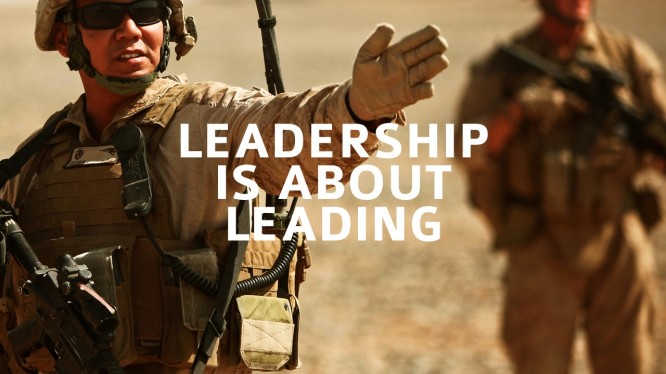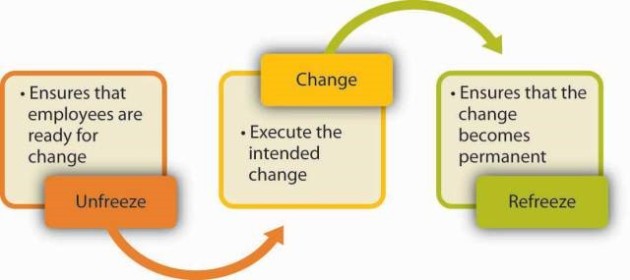My vision of leadership
Leadership can be seen as “a relation where one influences the actions and behaviours of others” (Mullins 2001). Some scholars posit that effective leadership in business helps in improvising the performance of the team or the organisational behaviours. Leadership is something more than just a sort of ability, it is much similar to interrelated communication process in an industry (Schyns et al. 2011). An effectual leadership would be advantageous to the organisation and also positively influence the development of an individual.
The primordial requisite for an able leadership is the vision and perception of an individual that takes him ahead on the path of becoming a leader. Keeping an eye on the happenings of the world and keeping abreast with the knowledge of the field is important. Whilst doing this, a true leader has a good perception about the big picture that prevails. He tries and links up the current happenings to his organization in a way that will benefit the organization and more important is to get the team of people you are leading to believe in you and your vision. The trustworthiness that is required for a smooth functioning of the organisation becomes the main chemical in the chemistry of a leader with his team.
A leader should ably incite his or her people to get on their feet, pull up their socks and put into effective action what has been conceived and conceptualized. He or she should motivate the team to make the necessary adjustments and make the work culture at the organisation conducive for the cohesive functioning of the entire organisation as one single, intricately inter-woven unit.
The leader must be able to keep his team charged and motivated even in times when the organization has to face critical times in its journey. The leader must be able to listen to his team and understand what they have to say. He or she should be able to direct with accord, carry his team along in decision making and ensuring that take ownership of whatever decision reached. A leader is required to perform and ensure a harmonious conduct of the organisation as a whole.
MY INSPIRATION
In my growing years, my country Nigeria was in a very tumultuous phase of her existence. The leadership style of the leader at the time, General Sani Abacha, was abhorable to say the least. Trade union strikes, University students and lecturers were going on strike actions at will. People were arrested and locked up extra judicially, the country’s treasury was being looted without fear and the citizenry had lost all confidence in the leadership of the country. In fact the continued existence of Nigeria as a nation was threatened. All these continued until an erstwhile General in the Nigerian Army, General Olusegun Obasanjo, took over the leadership of the country. Obasanjo in his wisdom was able to reverse the country’s downward spiralling economy, boost foreign investors confidence and unite the country. In fact one writer described his leadership style while commenting on his 44th anniversary speech to the nation thus; “Unlike what had been obtaining in previous years, reading this year’s independence anniversary address from President Olusegun Obasanjo was like a pleasurable sail across a serenaded sea. Its communicability in the sense of its persuasiveness was effective and excellent. Moreover its humble and servant-like approach was quite refreshing. I do not know any Nigerian who would not be sold instantly by the president’s declaration that “the fundamental focus of the administration” should be “on the consolidation of our democratic enterprise,” which, according to him involved a package of some reform (David A.I., Nigeriaworld, Oct 4, 2004). The achievements of his leadership style really inspired me.
FEEDBACK FROM COLLEAGUES
The team presentations preparations has given my colleagues opportunity to critic my leadership skills. They believe my oratory, listening and team player skills could be improved upon.
LEADERSHIP SKILLS TO DEVELOP
In the course of securing an MBA title, my sincere attempts would be directed in development of certain skills that are a requisite towards becoming a leader par excellence. Some of these traits include, working on the gaps identified by my peers, becoming a better listener, develop my speech writing and develop the ability of being skilfully able to delegate the tasks to my team. I wish to polish my vision to make it more susceptible towards accepting the toughest of challenges with an open heart and mind. I wish to be more courageous to transform every threat into an opportunity and transform my weaknesses into my strengths.
Reference
Mullins, L.J. (2001) Hospitality Management and Organisational Behaviour. Longman.
Schyns, P.G., Thut, G. and Gross, J. (2011) Cracking the code of oscillatory activity. PLos Biology, 9 (5).
Blake, R.; Mouton, J. (1964). The Managerial Grid: The Key to Leadership Excellence. Houston: Gulf Publishing Co.
Fielder, F.E. (1967) A theory of leadership effectiveness. McGraw-Hill: Harper and Row Publishers Inc.
Tittemore, J.A. (2003). Leadership at all Levels. Canada: Boskwa Publishing. ISBN 0-9732914-0-0.
Montana, P.J, Bruce H. (2008). Management. Hauppauge, New York: Barron’s Educational Series, Inc. ISBN







